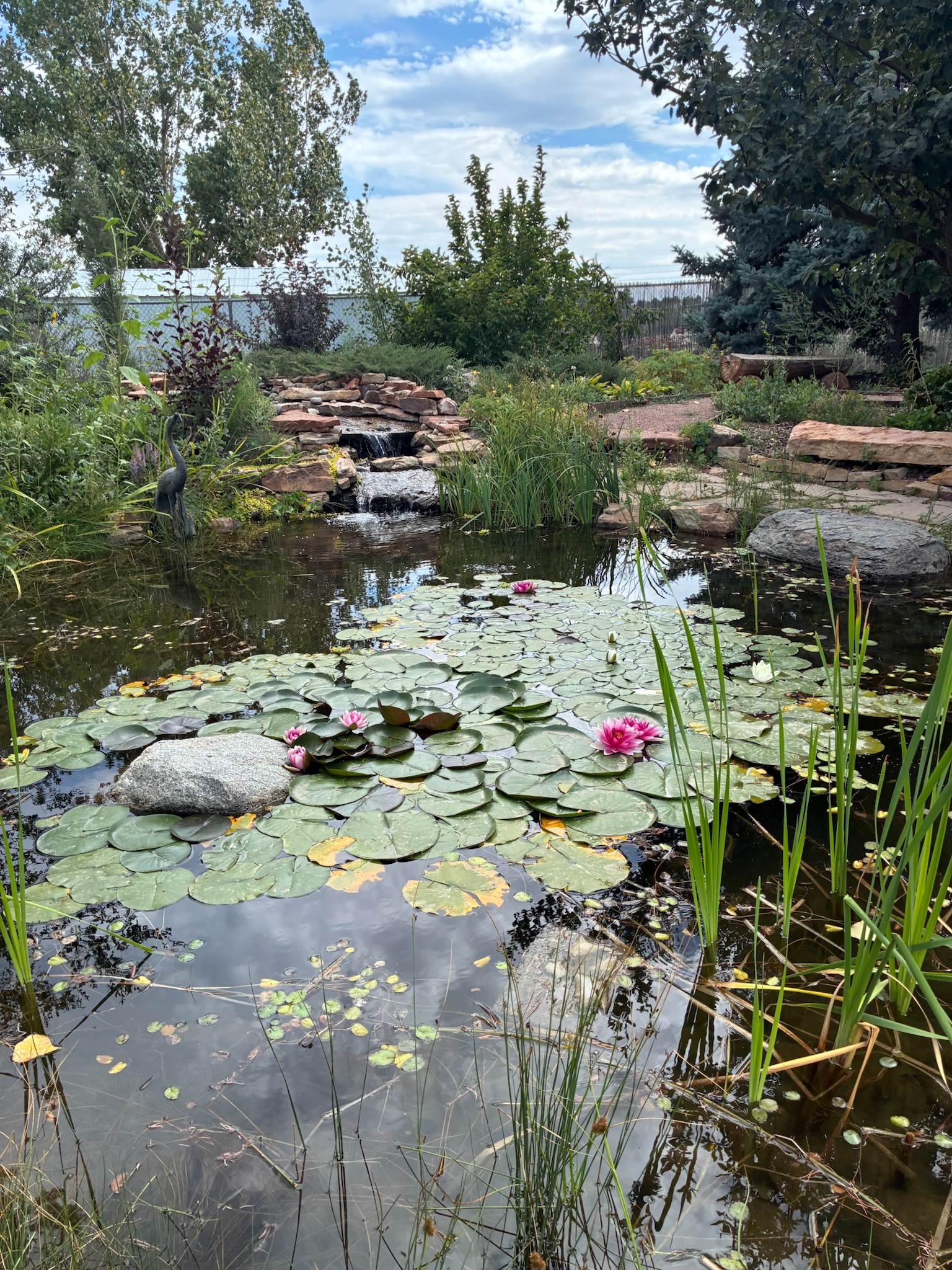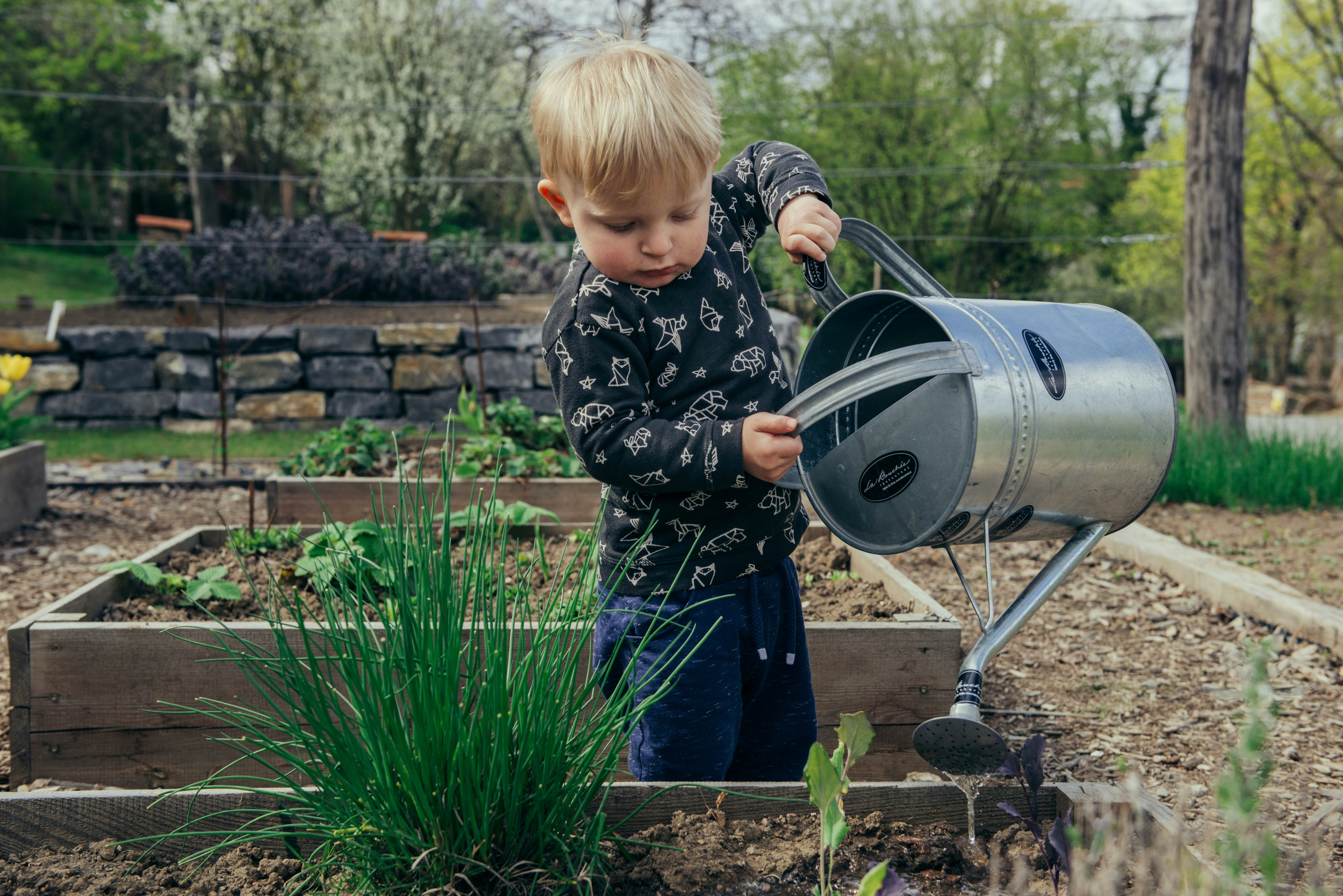Watering Your Plants: A Comprehensive Guide
Watering is one of the most crucial aspects of plant care. Understanding the needs of your plants can significantly enhance their growth and health. Different plants have varying water requirements, and knowing how much to water can prevent overwatering or underwatering.
“Water is the driving force of all nature.” - Leonardo da Vinci
Understanding Plant Needs
Here in the Southwest, many native plants are adapted to our dry climate. Others may naturally be found in riparian and other wet environments, and may require more water. All plants, even desert dwellers, need supplemental water to reach their full potential.
The tags on each plant at Durango Nursery will inform you of the unique water requirements of the established plant. Plant type and container size influence the length of time for establishment, which can take anywhere from 1 month to 3 years.
Soil Type & Drainage
Alkaline soils abound in our region. This clay substrate does not drain as fast as the loamy soils of the Midwest or the sandy soils of the Northwest. Within the greater regions there is much variability in site conditions, which can vary drastically in as little as 12 inches!
It is important to get to know your soil to understand its drainage habits. When digging a hole to plant in, get your hands dirty and feel the soil textures. If you can roll the soil around in your hand to form a ball that does not fall apart, you likely have clay soil.
After planting and watering, check the soil deep around the root ball every couple of days to understand the rate of drainage. You will want to water when the soil feels like it is drying out a little. The goal is to keep the soil moist, not wet or dry.
Watering Methods
Different methods can be used depending on your budget and time constraints. Asses the pros and cons below to understand what method works best for you.
Sprinklers
While convenient, this method can have many follies. As a broadcast spray, water does not target the unique water needs of different plants in the garden. Understory plants or those on the outer boundaries of the sprinkler radius can be missed completely. Direct evaporation makes this an inefficient use of water. Additionally, water droplets can burn leaves if they are exposed to direct sun. Moisture present on leaves during the night can increase the risk of powdery mildew.
Check your sprinklers once per week to ensure proper coverage and to check for malfunctions. Water during the early morning to allow water on leaves to evaporate before direct sun exposure.
Hand Water
Often performed by garden hose or watering can, hand watering can be time consuming. This cheap method is the best way to monitor the health and development of your garden. Aim water at the soil to avoid overhead watering, as lingering water droplets can harm leaves.
Direct Irrigation
This costly, yet convenient method targets unique plant needs without wasting time or water. Direct lines control the quantity of water to the base of each plant. Programmed timers can control zones for automatic watering schedules.
Irrigation systems can be installed by homeowners or professionals. See our Landscaper List to find reputable installers in your area.
Winter Watering
Winter is the dormant season for most landscape plants. Despite this, plants require a moist environment to insulate from freezing temperatures. Because they keep their leaves/needles year-round, evergreens are especially vulnerable to winter water loss. Plants may show irreversible signs of winter drought during the growing season, such as maples that do not leaf out from top down.
If root zones do not have considerable and consistent snow coverage, then they require watering about once per month throughout the dormant season. A good rule of thumb is to water around every major winter holiday: Thanksgiving, Christmas, MLK Day, President's Day, and St. Patrick's Day. Following this schedule should get you on track for the growing season!
Over/Under Watering
Curiously, plants exhibit many similar characteristics when overwatered as underwatered. When overwatered, the plant shuts off its ability to uptake water, which can make it wilt and yellow like an underwatered plant. Follow the bullet points below to determine if a plant is over or under watered.
Overwatered
- Wet Soil
- Wilting Leaves
- Yellowing Leaves
Underwatered
- Dry Soil
- Wilting Stems & Leaves
- Yellowing/Browning Leaves
- Crispy Leaves, starting from the tips
Establishment and Growth
This is the best part of a routine watering schedule: you get to watch your efforts come to life! Plants that get adequate water while establishing have the best opportunity to grow into a healthy, thriving garden.
Transplants take time to commence regular growth patterns, as their root zones are interrupted when planted into the ground. Understanding the stages of establishment will help you monitor your gardens growth over time.
"Patience is bitter, but its fruit is sweet," - Jean-Jacques Rousseau
Season 1: Sleep
The first year after transplant, a plant will divert its energy to grow out its root system. You may not see a much foliage growth or flowers in the first season.
Season 2: Creep
As the plant familiarizes itself with its new surroundings, it begins to grow slowly.
Season 3: Leap
The plant is fully established and begins its regular growth patterns while maturing.
Best Practices
- Get to know your soil and its drainage habits
- Choose the watering method that works best with your plants and lifestyle.
- Water early in the morning to minimize evaporation and powdery mildew.
- Water once per month in the winter if lacking consistent snow coverage
Stay Updated with Our Newsletter
Join our newsletter for the latest blog updates, exclusive promotions, and expert landscaping tips.


